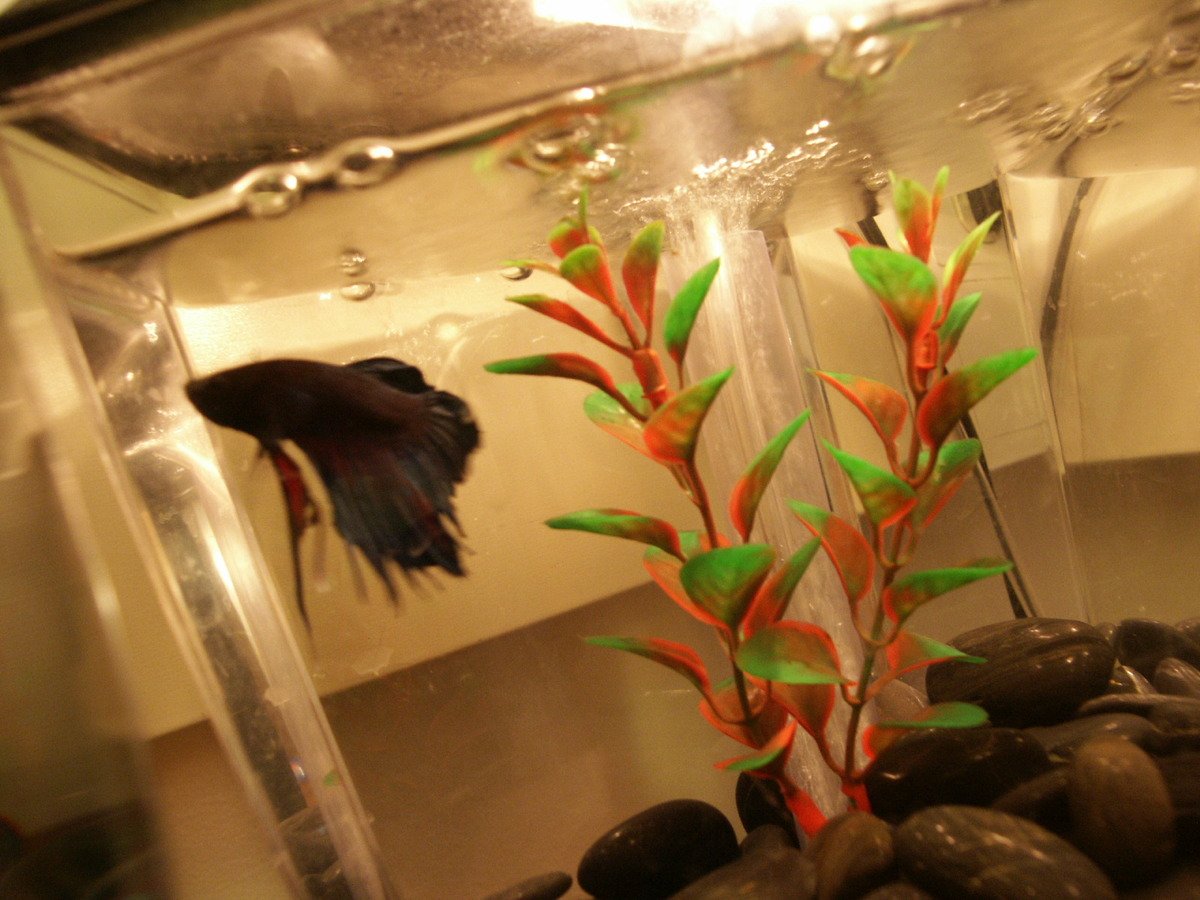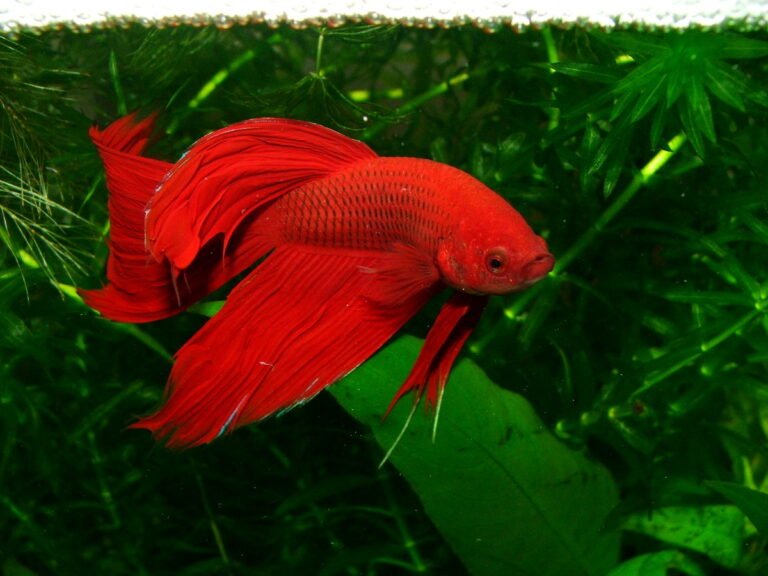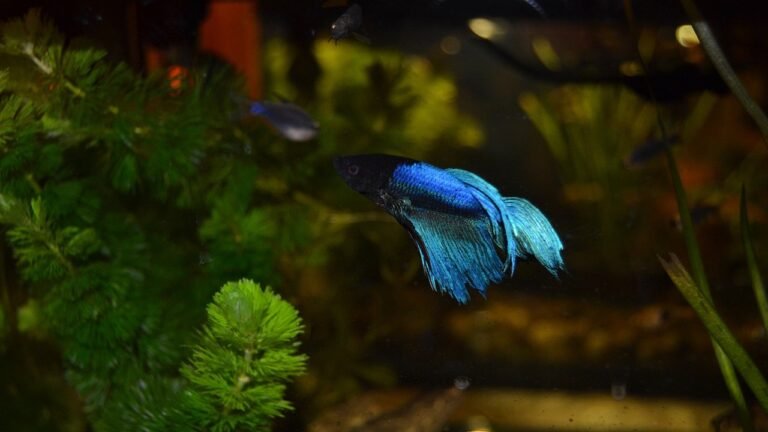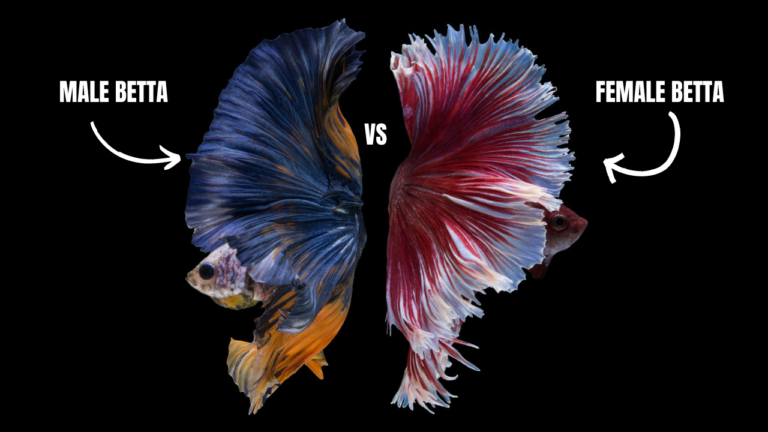As an aquarist, one of the most important things you need to know about keeping a healthy betta fish environment is to understand the significance of pH. It’s beetah’s tank’s PH value plays a major role in their general well-being as it affects their ability to breathe and metabolize nutrients among other mediators that are responsible for defending them against diseases.
The pH scale determines whether a solution is acidic or basic, with lower values indicating higher acidity and higher values indicating increased alkalinity. Keeping the appropriate pH range is necessary because bettas have very delicate physiology. Moreover, it helps these fish remain healthy over time.
When the pH level in your betta fish tank is ignored, stress, impaired breathing, poor appetite and even premature death can occur among other factors. Therefore, understanding the significance of PH is very important for taking necessary measures towards maintaining its ideal boundaries for your favorite betta fish.
Ideal pH range for betta fish
Betta fish prefer living within a given narrow band of PH that mimics their natural habitat quite closely. The best pH range for betta fish varies from 6.5 to 7.5 while the optimal level averages at 7.0 which lies slightly acidic through neutral so provides an ideal environment where bettas can carry out their vital metabolic processes smoothly without any barrier.
While betta fish can tolerate minor variations from this range; exposure to PH levels outside recommended limits should be avoided since it has adverse effects on their health after some durations. This ensures that there are favorable conditions in place where nutrients can be absorbed properly by your betta fishes’ bodies as well as waste materials eliminated out through immune systems kept healthy always.
Testing and monitoring the pH level of your betta fish tank
Regular testing and monitoring are essential to ensure that your betta fish tank remains within the ideal pH range., There are many ways/tools available currently used in measuring pH of your aquarium like:
- pH Test Strips: These are cheap and easy to use. They can change their color according to water’s PH level. Dip a strip in the tank water and compare its color against the chart.
- Liquid PH Test Kits: By taking a small sample of tank water and adding reagent drops then later comparing the resulting liquid with a reference card, one can determine PH levels.
- Digital PH Meters: Digital versions have an exact reading of your aquarium’s ph, which is more accurate in comparison with other alternatives.
No matter which method you choose, it is advisable to test your betta fish tank for pH at least once per week. This enables you to detect and correct any fluctuations in time.
Adjusting the pH level for betta fish
If on testing your bettas’ tank water ph out of range comes up, there are several techniques that you can apply like;
- PH Adjusters: These products available commercially help increase or lower your tanks’ PH. Usually, they come in either powder or liquid form as per manufacturer’s instructions on their usage.
- Driftwood or Peat Moss: Driftwood or peat moss can be added to drop down the natural pH level of a given tank containing Betta fish. These elements release organic compounds called tannins which gently acidify the water
- Crushed Coral or Limestone: This is an option to raise alkalinity (pH) in a tank if the water is too acidic; it does this by letting calcium carbonate into it.
- Water Changes: Consistency in partial dechlorinated water changes can help you maintain a stable pH level in your fish tank, especially if the source water is close to the desired pH.
It’s crucial to make any pH adjustments gradually and monitor the levels closely to avoid sudden fluctuations, which can be stressful for your betta fish.
Factors that can affect the pH level in a betta fish tank
There are several factors that can cause a shift in the pH of your betta fish tank. Knowing them can help you take preventive measures and keep you on top of your game by maintaining constant PH:
- Substrate: The type of substrate (gravel, sand or planted substrate) used in tanks may affect their ph levels. Examples include peat and laterite substrates that lower ph while crushed corals raise them.
- Decorations: Certain decorations made from materials such as driftwood, rocks, shells have chemical composition and hence influence on ph of the aquariums’ waters.
- Biological Processes: Biological processes going on inside the aquarium like beneficial bacteria decomposing organic matter give rise to some products that change its acidity levels.
- Water Source: The source water’s pH (tap, well, reverse osmosis) has a great impact on the betta fish tank’s ph.
- Fish Waste and Uneaten Food: Accumulation of fish waste and uneaten food will lead to ammonia being released thereby reducing your tank pH level.
These tips enable one to make informed choices regarding setting up and maintenance of their Betta fish tanks for appropriate PH values at all times!
Common pH problems and how to solve them
Sometimes even with proper monitoring and betta fish care, problems with Ph still emerge within betta fish tanks. Here are some common concerns together with their solutions:
- Low pH (Acidic Water): If your betta fish tank’s water becomes too acidic with a pH less than 6.5, it will stress out your betta fish and they might become sick. There are several ways to increase the pH such as partial water change with alkaline water, use of crushed coral or limestone, or add some specific pH raising agents.
- High pH (Alkaline Water): Conversely, in case of alkalinity of your aquarium going beyond 7.5 majorly due to high levels of Nitrates it could be a problem since this affects nutrient absorption and respiration in bettas. Possible remedies included doing partial water changes using slightly acidic water, adding driftwood or peat moss into the tank or using a pH adjuster that reduces the level of acidity according to the design.
- pH Fluctuations: Sudden and frequent fluctuations in pH can cause as much damage as persistently low or high levels. To stabilize the pH you may need to find out what is causing it in order to correct such causes like problem substrate, biological process and tap water source.
Always remember to make any adjustments slowly while observing closely for any sudden drastic changes lest you shock your betta fish by changing their PH drastically.
Maintaining a stable pH level for betta fish
You must maintain your betta fish tank at a constant pH level, if they are to stay healthy for long periods. Here are some tips to help you obtain and keep the right pH range.
- Perform Regular Water Changes: To refresh the water, remove waste that might affect pH levels, and add fresh water to the tank do partial water changes of between 20-25% weekly using de-chlorinated water.
- Monitor Tank Parameters: Besides pH, check other parameters like ammonia, nitrite and nitrate levels that can affect your tank’s pH directly.
- Use a Reliable Test Kit: Buy a quality pH test kit or meter instead of using wrong measurements while making adjustments.
- Proper Filtration Maintenance: You should clean up organic wastes by having an efficient filtration system in place to ensure that your betta fish tank maintains a stable pH level.
- Avoid Overfeeding: The presence of acidic compounds from breaking down too much food may lead to the change in PH. So be careful with how much you feed your betta fish
- Plants That Can Stabilize the pH Level of Your Aquarium: By consuming excessive nutrients and releasing oxygen, live plants can help balance the aquarium’s ph level.
Following these tips and monitoring and maintaining the pH level can provide your betta fish with a stable and healthy environment.
Recommended water pH for betta fish
While aiming for a 6.5-7.5 ideal pH range for bettas is good it is important to understand that these are just general guidelines because varieties may have slightly different preferences or tolerances depending on their genetics and environmental conditions respectively.
If you have kept within the recommended pH range but noticed any abnormal behavior or signs of stress from your betta,you might need to try adjusting it slightly in small increments but within acceptable limits.Many people find out their pets do better when the pH is a little bit more acidic or alkaline.
It is also important to remember that pH alone does not guarantee a healthy betta fish environment. Temperature, ammonia levels, dissolved oxygen and other water related factors are equally important for their well-being.
pH and betta fish health connection
Overall health and well-being of betta fish depend on the PH level in their tank.If you want to know how your betta’s physiology may be affected by the PH, consider this:
- Respiration: Using their labyrinth organ, bettas breathe by gulping air from the surface. However, if the Ph is too far from the ideal range towards either acid or alkaline sides, it can compromise gas exchange efficiency hence leading to breathing problems.
- Osmoregulation: All aquatic animals including bettas must maintain a careful equilibrium of salts and minerals in their bodies. Disruption of these balances by unsuitable ph levels leads to osmotic stress ultimately resulting in body failure or damage.
- Immune Function: Extreme pH levels can weaken your betta fish’s immune system making it susceptible to diseases and infections.
- Nutrient Absorption: The availability as well as absorption of crucial nutrients such as calcium and phosphorus which facilitate growth & development and general well being among others could be influenced by ph level.
- Toxin Exposure: Specified pH levels can cause some toxins to be more bioavailable and harmful to your betta fish, such as ammonia and heavy metals.
Maintain the ideal pH range so that your betta fish can carry out these crucial physiological processes unhampered, thus promoting their overall health and longevity.
Conclusion: Achieving the perfect pH for betta fish
Keeping the perfect pH level for your betta fish is important in responsible keeping of fish. You can produce an environment in which your bettas flourish by understanding the importance of pH, monitoring and adjusting it accordingly, and addressing any underlying causes that might affect it.
Keep in mind that a good average range for Bettas is 6.5-7.5 with an optimum of about 7.0; however, always consider what suits your Betta best by paying close attention to its behavior and health.







